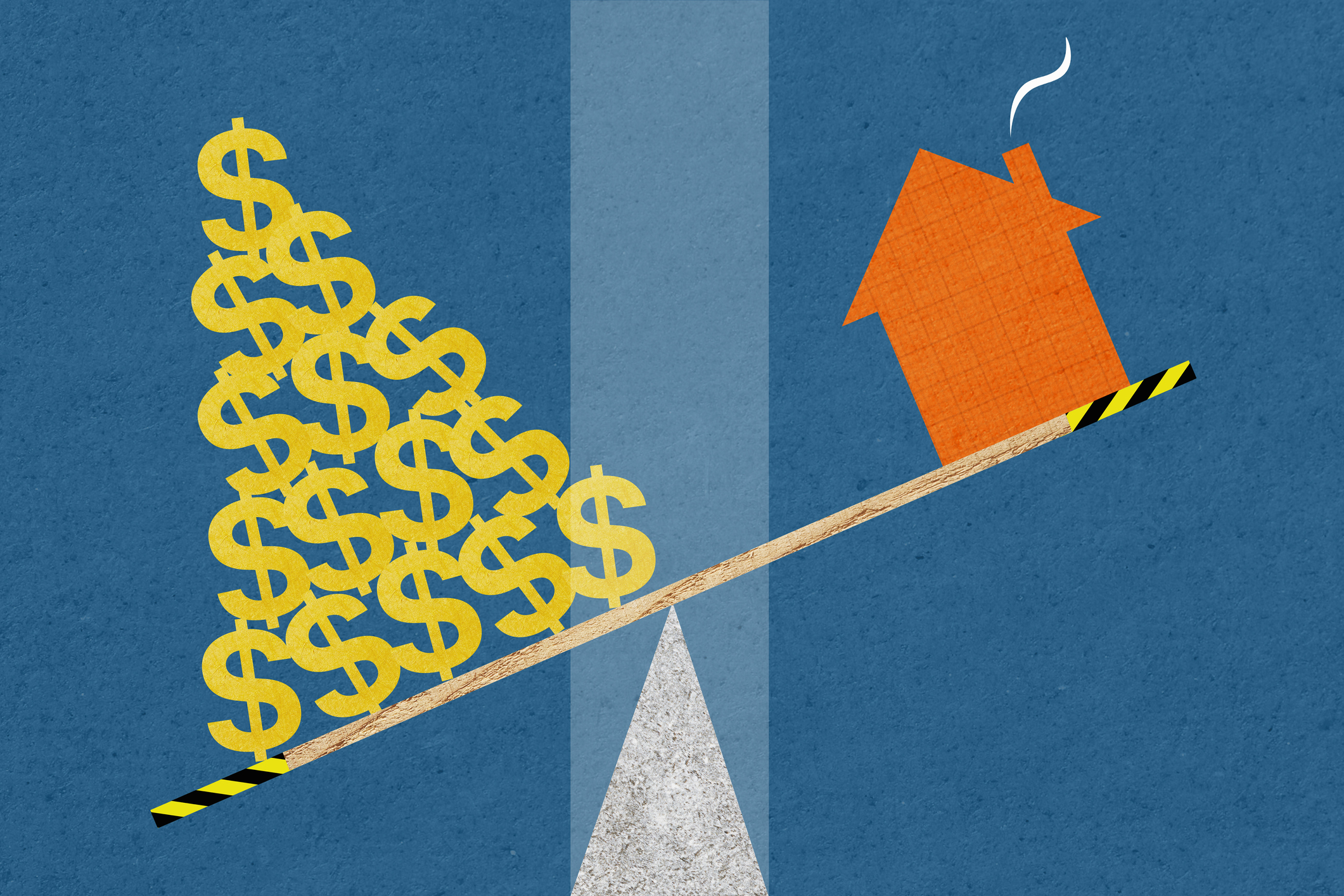Tax-Free Income for All
High-income earners can take the backdoor route to a Roth IRA.

High-income households have always been shut out of Roth IRAs. But a recent change in the tax law lets you get into a Roth -- and enjoy the benefits of tax-free retirement income -- through the back door.
| Row 0 - Cell 0 | Am I Saving Enough for Retirement? |
| Row 1 - Cell 0 | An IRA Owner's Manual |
| Row 2 - Cell 0 | Fresh Ideas for Retiring Rich |
Under current law, you can't contribute to a Roth if you are single and have an income of more than $110,000, or married with a joint income in excess of $160,000. The new law, which goes into effect in 2010, does not alter the income limits for Roth IRA contributions. But it does eliminate the $100,000 income limit for converting a traditional IRA to a Roth. You must pay income taxes at your top rate on the total amount you convert to a Roth -- that's the price you pay to make all withdrawals tax-free in retirement. To encourage conversions, which will bolster U.S. Treasury coffers in the short run and save you loads on taxes over time, Congress says that folks who convert in 2010 can spread the tab over 2011 and 2012.
By opening the back door to Roth conversions for everyone, Congress effectively wiped out the limit on pay-ins, too. And high-income taxpayers can waltz through the door right away. Starting in 2006, you can contribute $4,000 a year to a nondeductible traditional IRA, or $5,000 if you are 50 or older. (The limits rise to $5,000 and $6,000 in 2008.) In January 2010, when the income limits disappear, you can convert the traditional IRA to a Roth IRA and owe tax only on the earnings.

Sign up for Kiplinger’s Free E-Newsletters
Profit and prosper with the best of expert advice on investing, taxes, retirement, personal finance and more - straight to your e-mail.
Profit and prosper with the best of expert advice - straight to your e-mail.
Let's say you're over 50 and stash $28,000 in a nondeductible IRA during the next five years. Let's further assume your account is worth $32,000 by 2010. When you convert that IRA to a Roth, you'd owe taxes only on the $4,000 in earnings. So the price of admission to the Roth would be just $1,120, assuming you're in the 28% tax bracket. You'd pay half the bill in 2012, when you file your 2011 return, and the rest in 2013. If you're married, both you and your spouse could use this strategy to create substantial Roths, even if one spouse does not have any earned income.
In addition to providing tax-free income in retirement, Roth IRAs are a valuable estate-planning tool. Unlike traditional IRAs, which require you to start withdrawals at 70#189;, Roths have no mandatory distribution age. And your heirs can inherit a Roth tax-free.
Get Kiplinger Today newsletter — free
Profit and prosper with the best of Kiplinger's advice on investing, taxes, retirement, personal finance and much more. Delivered daily. Enter your email in the box and click Sign Me Up.

-
 Free IRS Tax Filing for 30 Million People: Will It Continue Under Trump?
Free IRS Tax Filing for 30 Million People: Will It Continue Under Trump?Tax Filing Direct File was piloted last year in 12 states and has since expanded to 25. But some wonder whether the program will last under the Trump administration.
By Gabriella Cruz-Martínez Published
-
 Financial Security vs Financial Freedom: What's the Difference?
Financial Security vs Financial Freedom: What's the Difference?Having the ability to pivot without worrying about financial support is where financial security becomes financial freedom.
By Justin Donald Published
-
 Did Florida’s Chance at $1,000 in Property Tax Rebates Vanish?
Did Florida’s Chance at $1,000 in Property Tax Rebates Vanish?State Taxes The Florida Legislature bypassed Gov. Ron DeSantis’ wish to cut property taxes and instead voted to lower the state’s sales tax.
By Gabriella Cruz-Martínez Published
-
 How Caregivers for Adults Can Save on Taxes in 2025
How Caregivers for Adults Can Save on Taxes in 2025Tax Breaks Caring for your parent or spouse can be stressful, but the IRS offers tax breaks for qualifying taxpayers. Here they are.
By Kate Schubel Published
-
 New South Carolina Income Tax Cut Might Eat Your Cash
New South Carolina Income Tax Cut Might Eat Your CashState Taxes South Carolina’s flat income tax bill could have the majority of residents paying higher income taxes. Find out how.
By Kate Schubel Published
-
 Tax-Deductible Home Improvements for Retirement in 2025
Tax-Deductible Home Improvements for Retirement in 2025Retirement Taxes Your aging-in-place plan could benefit from the medical expense tax deduction. But watch out for capital gains and property taxes.
By Kate Schubel Published
-
 New Colorado Tax Credit: What’s the Scoop?
New Colorado Tax Credit: What’s the Scoop?State Tax Everything you need to know about the Colorado family affordability tax credit in 2025.
By Kate Schubel Published
-
 Key Family Tax Breaks Are on the GOP Chopping Block This Year
Key Family Tax Breaks Are on the GOP Chopping Block This YearTax Credits Several tax breaks, including the Child Tax Credit, may face reforms or be cut entirely as lawmakers seek revenue for Trump’s tax plans.
By Gabriella Cruz-Martínez Last updated
-
 What's Going on With New Jersey Property Tax Programs?
What's Going on With New Jersey Property Tax Programs?Property Tax ANCHOR and ‘Senior Freeze’ just got a refresh, and there’s a new program: Stay NJ. Learn how to save on New Jersey property taxes.
By Kate Schubel Published
-
 Five States With the Largest EITC Checks
Five States With the Largest EITC ChecksEITC Households in these states received a larger Earned Income Tax Credit (EITC) last year.
By Gabriella Cruz-Martínez Published